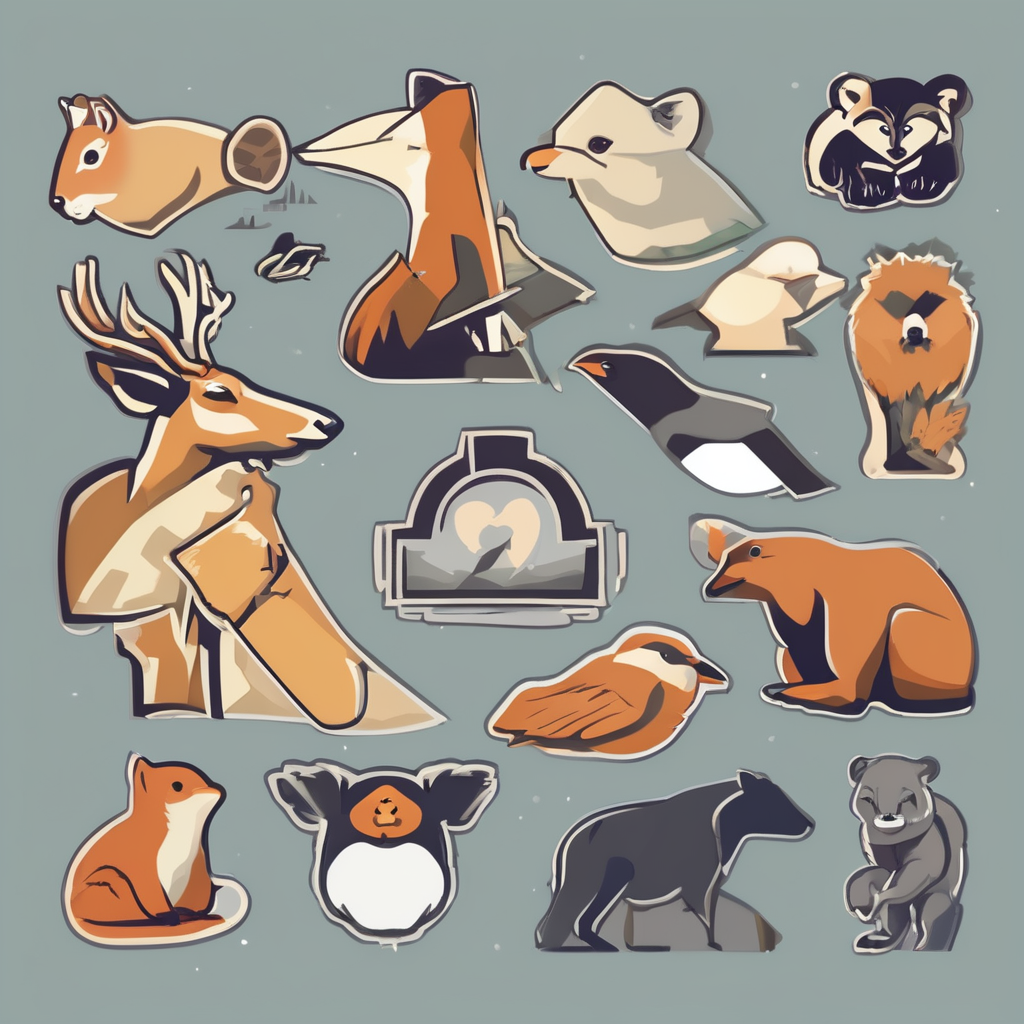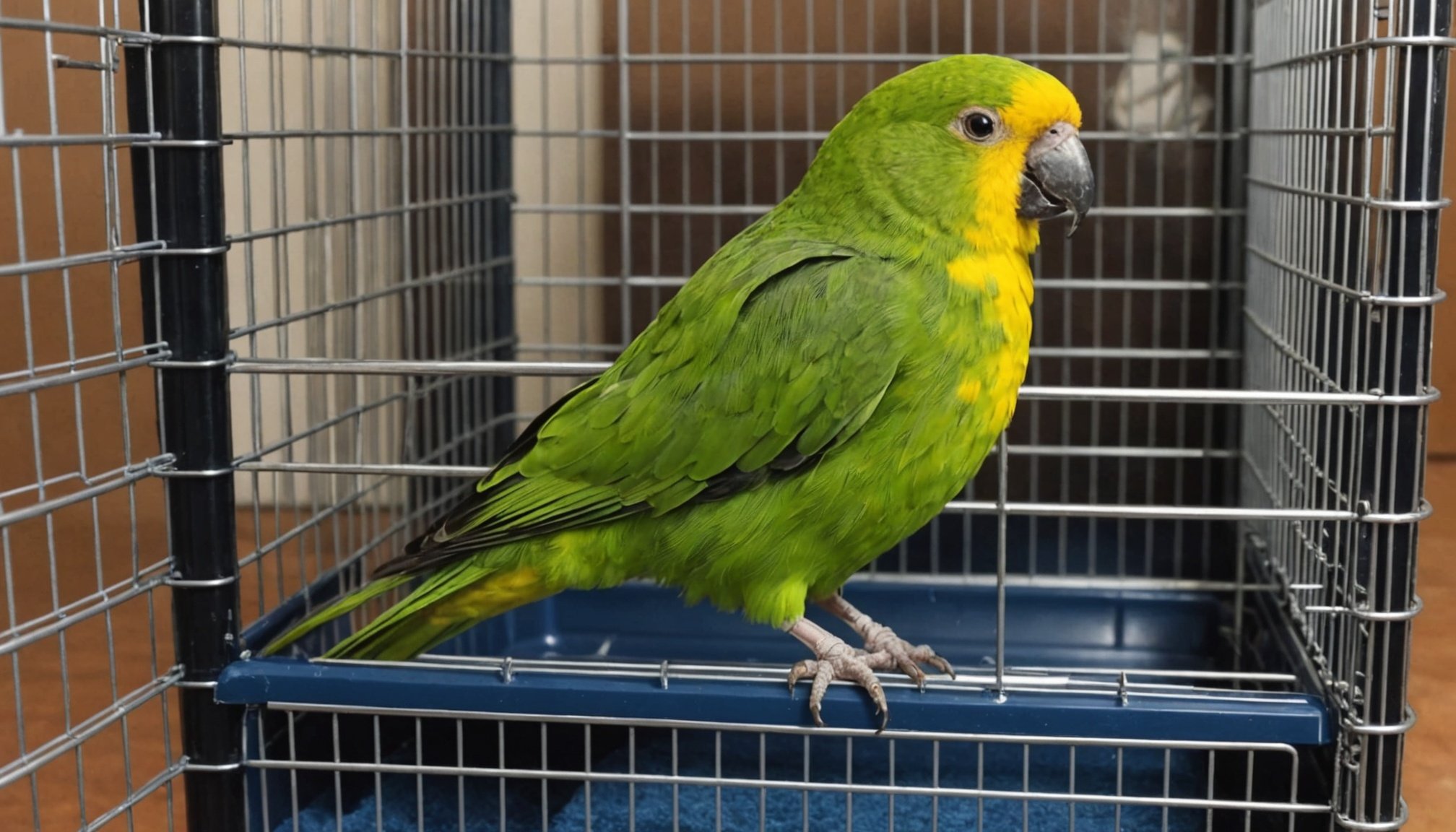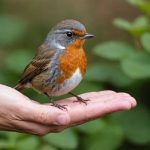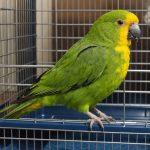Creating a Comfortable Environment in the Carrier
Setting up a travel-ready carrier for your bird involves more than just choosing any container. It is crucial to select a carrier that suits your bird’s size and personality, ensuring the environment is both safe and comfortable. Avoid carriers that are too spacious or cramped, as they could cause unnecessary stress.
Bird travel setup is enhanced by selecting appropriate bedding materials. Opt for soft, absorbent options like paper or fabric liners that prioritize your bird’s comfort while keeping the space clean. Hard surfaces can be jarring during travel, which could lead to discomfort or injury.
Also to discover : Essential Guide to Properly Hand-Rearing Orphaned British Robins: Techniques for Success
Ensuring the stability and security of the carrier is vital. Position it in a way that minimises movement—whether you are in a car or carrying it by hand. Secure it using straps or seatbelts to prevent tipping over. A stable carrier not only protects your bird physically but also reduces anxiety by avoiding sudden tilts and shifts.
By focusing on these aspects—choosing the right carrier, providing comfortable bedding, and ensuring secure positioning—you create an optimal carrier comfort environment for your feathered friend during travel. This preparation helps in reducing stress, making the journey more enjoyable for both you and your bird.
Also to see : Top Proven Strategies to Stop Feather Plucking in Your Pet Birds
Essential Supplies for Travel
Traveling with birds requires careful preparation to ensure their comfort and safety. It’s important to gather the right travel essentials in advance to make sure both you and your feathered friend enjoy a stress-free journey.
Food and Water Provisions
Providing adequate food and water is crucial when traveling with your bird. Ensure that your bird has access to its regular diet and plenty of fresh water to avoid dehydration. Choose spill-proof dishes to prevent messes, and consider pre-measured portions to simplify feeding on the go.
Recommended Toys and Enrichment
Choosing the right toys can help reduce stress for your bird during travel. Opt for interactive toys that engage your bird’s mind and keep them occupied. Small mirrors, bells, or soft chew toys are excellent options. These toys are not only fun but also serve as a comforting distraction during the trip.
Ideal Cage Accessories for Travel
Selecting the right cage accessories is essential for a safe travel experience. Use perch stands designed for travel that offer stability in a moving vehicle. Securely fastened food bowls, along with a few soft accessories, can help your bird feel at home while on the road. Always ensure all accessories are safe and practical for the mobile environment.
Acclimatization Techniques
Ensuring your bird’s comfort during travel begins well before the journey itself. Preparing your bird for the carrier is essential to decrease anxiety and increase comfort. Gradual exposure to the carrier is crucial. Begin by placing your bird’s favourite treats or toys inside the carrier while leaving the door open. This invites them to explore freely and form positive associations with the space.
Travel preparation involves familiarising your bird with the carrier in short, incremental sessions. Start with a few minutes, progressively extending the duration over several days. This slow, repeated exposure helps prevent overwhelming your feathered companion and promotes a sense of security.
Incorporating positive reinforcement during these acclimatization steps is vital. Rewarding your bird with praise or treats each time they willingly enter or stay in the carrier encourages comfort and confidence. It is a powerful motivator that transforms the process into an enjoyable experience rather than a stressful one.
Through these intentional practices, your bird will undergo successful acclimatization, paving the way for a stress-free travel experience. Remember the importance of patience and persistence, as creating a positive travel environment is a gradual process requiring compassion and dedication.
Stress Reduction Strategies
Reducing bird stress is essential for maintaining their well-being. When birds are stressed, it can affect their health and behaviour negatively. Implementing effective calming techniques is crucial.
Creating a Calm Atmosphere
Creating a serene environment begins with minimizing loud noises. Birds are sensitive to their surroundings, so reducing disturbances helps in reducing stress. Consider using soothing sounds or music. Soft melodies can act as a tranquillizer for anxious birds, helping them stay relaxed.
Techniques to Handle Fearful Birds
Handling fearful birds requires patience and understanding. Gentle handling is critical—sudden movements can increase anxiety. Introduce familiar objects into their environment to provide a sense of security. During travel, ensure the bird’s carrier is stable and avoid drastic temperature changes. Toys or comfort items in the carrier can also be beneficial.
- Use soothing sounds or music: Calming music can alleviate tension.
- Familiar items: Keep beloved toys or perches near.
- Gradual introduction to new environments: This helps birds adapt without overwhelming them.
By integrating these strategies, bird owners can effectively minimize stress, ensuring a more peaceful and healthy existence for their feathered companions. Encouraging a stress-free lifestyle will promote a stronger, trust-filled relationship with your bird.
Safety Measures During Travel
Travelling with birds requires meticulous attention to bird safety and travel precautions. Ensuring the carrier is secure and in good condition is vital. Before travel, inspect the carrier for signs of wear or damage and confirm that the lock and latches function properly. Birds are sensitive to changes in environment, so maintaining the right temperature and ventilation is critical for their well-being. Make sure the carrier is equipped with ample airflow by checking its ventilation slots. Temperature control during transit helps prevent distress or health issues.
When transporting your bird by vehicle, place the carrier in a stable position, preferably on the back seat, and secure it with a seatbelt. Avoid placing newspapers or loose items that could obstruct airflow or cause overheating. During public transport, keep the carrier covered partially with fabric to reduce stress while allowing air circulation. Some services have specific guidelines, so it’s important to check ahead of time to avoid any inconvenience.
Lastly, carry essentials such as water, a familiar toy, or treats to comfort your pet. By implementing these travel precautions, you ensure a safe and pleasant journey for your feathery companion.










